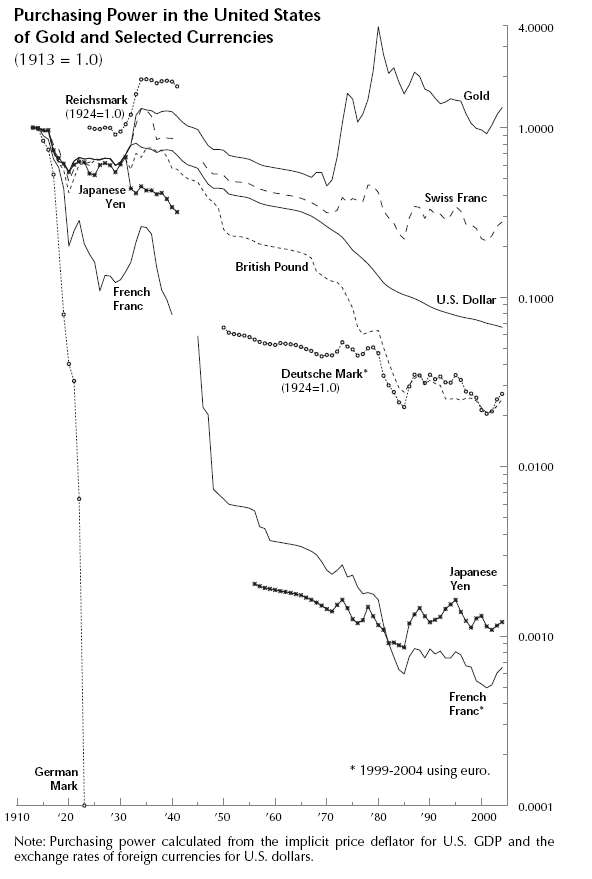Re: Gold Update: The small trade within the big trade
While its very much a non-trivial task, a study of the FOMC minutes is one of my top five items for enabling a broad and full understanding of what's really going on.
Here's the applicable quote from those 1994 minutes:
Originally posted by metalman
View Post
While its very much a non-trivial task, a study of the FOMC minutes is one of my top five items for enabling a broad and full understanding of what's really going on.
Here's the applicable quote from those 1994 minutes:
"So the question is, having very consciously and purposely tried to break the bubble and upset the markets in order to sort of break the cocoon of capital gains speculation, we are now in a position—having done that and in a sense succeeded perhaps more than we had intended—to try to restore some degree of confidence in the System."
-- Alan Greenspan, Chairman of the Federal Reserve.
-- Alan Greenspan, Chairman of the Federal Reserve.

Comment